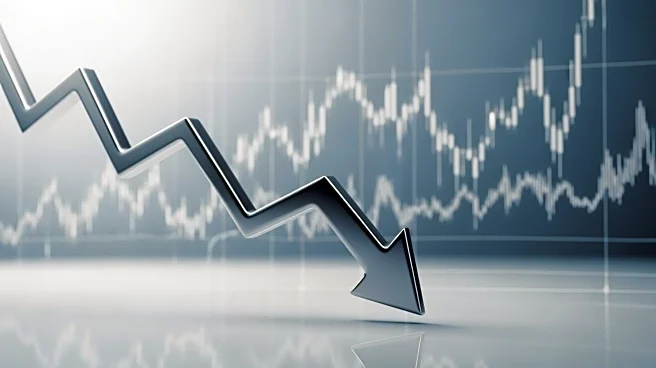What's Happening?
Recent volatility in the stock market, marked by several sharp declines in the S&P 500, suggests a potential shift from the previously steady upward trend. Key technical indicators, such as the MACD, are
now flashing sell signals, indicating a possible downturn. The market has experienced a series of 1% daily moves, the most in any four-week span since April, raising questions about whether this is a temporary shakeout or the beginning of a higher-volatility environment. The current pullback is in line with previous drawdowns, but the pattern of buy-the-dip behavior may be changing.
Why It's Important?
The increased volatility in the stock market could signal a change in investor sentiment and market dynamics. If the trend continues, it may impact investment strategies and economic forecasts. The potential shift towards a higher-volatility environment could lead to increased uncertainty and risk for investors. Understanding these market signals is crucial for making informed investment decisions and managing risk. The market's response to these changes will be closely watched by investors and analysts, as it could influence future market trends and economic stability.
What's Next?
Investors and analysts will monitor technical indicators and market trends to assess the likelihood of a sustained downturn. The market's response to upcoming economic data and corporate earnings will be critical in determining the direction of future trends. If volatility persists, it may prompt a reevaluation of investment strategies and risk management practices. The Federal Reserve's actions and economic policies will also play a significant role in shaping market dynamics and investor confidence.











